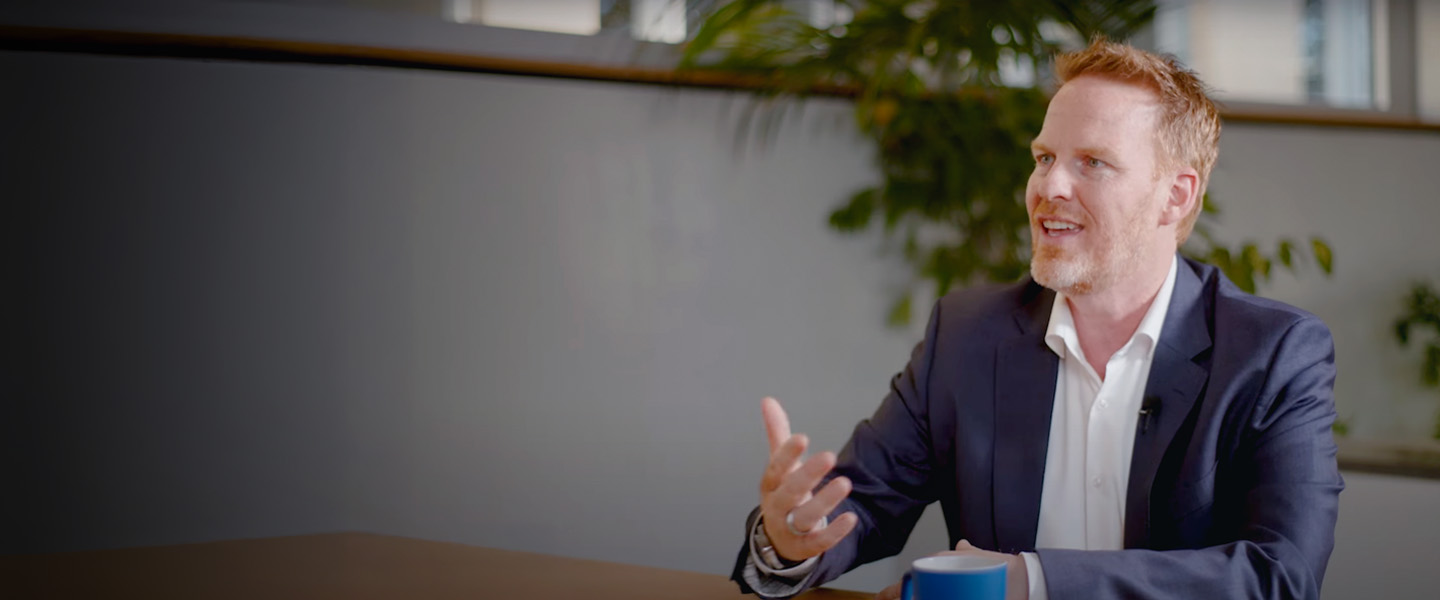
Seven transitions good leaders must make
There’s no doubting the significant transitions that leaders go through in taking new roles. And the most challenging transitions occur in moving from being a functional leader to being a general manager, or business unit leader, or enterprise leader for the first time. But what hasn’t been clear is the nature of those shifts.
By interviewing more than forty senior executives to gain first-hand qualitative research we looked at the nature of transitions in leadership. From this rally came the notion of seven major shifts that leaders go through as they move from functional leadership to enterprise leadership.
1. From specialist to generalist
A company’s business functions are managerial subcultures with their own rules and languages. Managers transitioning to enterprise leadership roles must therefore work hard to achieve “cross-functional fluency.” Someone who grew up in marketing obviously cannot become a native speaker of operations or R&D, but he or she can become fluent—comfortable with the central terms, tools, and ideas employed by the various functions whose work he or she must integrate. Critically, enterprise leaders must know enough to be able to evaluate and recruit the right people to lead functional areas in which they are not experts.
2. From analyst to integrator
The primary responsibility of functional leaders is to develop and manage their people to achieve analytical depth in focused domains. By contrast, enterprise leaders manage cross-functional teams with the goal of integrating the collective knowledge and using it to solve important organizational problems. As you might imagine, then, it’s important for new enterprise leaders to make the shift to managing integrative decision-making and problem-solving and, even more important, to learn how to make appropriate trade-offs. Enterprise leaders must also manage in the “white spaces”—accepting responsibility for issues that don’t fall neatly into any one function but are still important to the business.
3. From tactician to strategist
More so than functional leaders, enterprise leaders establish and communicate strategic direction for their organizations. So they must be able to define and clearly communicate the mission and goals (what), the core capabilities (who), the strategy (how), and the vision (why) for their businesses. Additionally, they must be able to switch gears with ease, seamlessly shifting between tactical focus (the trees) and strategic focus (the forest). Critically, they must learn to think strategically, which means honing their ability to (1) perceive important patterns in complex environments, (2) crystallize and communicate those patterns to others in the organization in powerful ways, and (3) use these insights to anticipate and shape the reactions of other key “players,” including customers and competitors.
4. From bricklayer to architect
As managers move up in the hierarchy, they become increasingly responsible for laying the foundation for superior performance—creating the organizational context in which business breakthroughs can happen. To be effective in this regard, enterprise leaders must understand how strategy, structure, systems, processes, and skill bases interact. They must also be expert in the principles of organizational design, business process improvement, and human capital management. Few high-potential leaders get any formal training in organizational development theory and practice, leaving them ill-equipped to be the architects of their organizations or to be educated consumers of the work of organizational development consultants.
5. From problem-solver to agenda-setter
Many leaders are promoted on the strength of their problem-solving skills. But when they reach the enterprise leader level, they must focus less on fixing problems and more on setting the agenda for what the organization should focus on doing. Being an agenda-setter means identifying and prioritizing emerging threats, and communicating them in ways that the organization can respond to. The rest of the task calls for mobilizing preventive action and driving organizational change. And it ultimately means creating a learning organization that responds effectively to shifts in its environment and can generate surprises for its competitors.
6. From warrior to diplomat
Effective enterprise leaders see the benefits in actively shaping the external environment and managing critical relationships with powerful outside constituencies, including governments, NGOs, the media, and investors. They identify opportunities for cross-company collaboration, reaching out to rivals to help shape the rules of the game. Functional managers, by contrast, tend to be more focused on developing and deploying internal capabilities to contend more effectively with key competitors.
7. From supporting cast to lead role
People in the business look first to enterprise leaders for cues about the “right” behaviors and attitudes, and for vision and inspiration. At the functional leader level, it can be acceptable just to be an efficient, effective manager, a member of the “supporting cast” if you will. Enterprise leaders, by contrast, are constantly “at center stage,” being held to a higher standard—that of exemplary role model. For good or ill, the senior leadership of every organization is infectious; leaders’ behaviors tend to be transmitted to their direct reports, who pass them on to the next level, and so on down through their organizations. Over time, they permeate the organization from top to bottom, influencing activity at all levels. Eventually they become embodied in the organizational culture, influencing the types of people who get promoted and hired into the organization, creating a self-reinforcing feedback loop—either positive or negative.
These seven shifts in changing from functional leadership to enterprise leadership are crucial to the success of the transition. But, important to keep in mind that the biggest reasons why leaders fail in such transitions are because they don’t go back into a learning mode. Nothing fully prepares someone for becoming an enterprise leader for the first time but there is a lot that can be done in preparation and by knowing what the shifts entail, leaders will be better prepared to undergo transition.
Dr. Michael Watkins is a professor of leadership and organizational change at IMD. He co-directs the Transition to Business Leadership program.
Research Information & Knowledge Hub for additional information on IMD publications
The Handtmann case examines the co-CEO leadership model in the context of family business. Based on interviews with three key executives – the co-CEOs and the President of the Advisory Board – the case focuses on how Handtmann handled the leadersh...
Research Information & Knowledge Hub for additional information on IMD publications
in I by IMD
Research Information & Knowledge Hub for additional information on IMD publications
in I by IMD
Research Information & Knowledge Hub for additional information on IMD publications
Research Information & Knowledge Hub for additional information on IMD publications
The Handtmann case examines the co-CEO leadership model in the context of family business. Based on interviews with three key executives – the co-CEOs and the president of the advisory board – the case focuses on how Handtmann handled the leadersh...
Research Information & Knowledge Hub for additional information on IMD publications
Research Information & Knowledge Hub for additional information on IMD publications
in I by IMD
Research Information & Knowledge Hub for additional information on IMD publications
in I by IMD
Research Information & Knowledge Hub for additional information on IMD publications
Research Information & Knowledge Hub for additional information on IMD publications
in I by IMD
Research Information & Knowledge Hub for additional information on IMD publications










